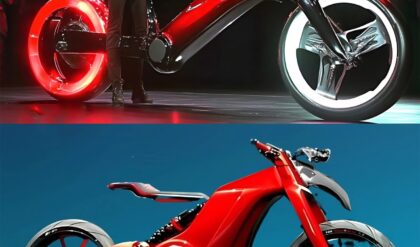Rihanna puts her foot in it over design rights on Instagram
Puma loses bid to dismiss a design invalidity ruling at the EU’s General Court as popstar had already publicly disclosed it

The prior disclosure of a Puma shoe by Rihanna results in the invalidity of a registered Community design
The EU General Court has upheld an earlier decision at the EU Intellectual Property Office (EUIPO) that found that a design protecting a Puma trainer was invalid because the singer Rihanna had publicly disclosed it.
On 6 March, the General Court agreed with the EUIPO’s decision of August 2022 that found that Robyn Rihanna Fenty (also know as Rihanna) had worn shoes showing a prior design with the same features as the registered design 12 months before the application for registration was filed.
In those circumstances, EUIPO took the view that the prior design had been made public, which justified the invalidity of the registered design. Puma hadn’t applied for the design until 2016.
A designer has a 12-month period after having publicly disclosed a design to register – the grace period.
The EU General Court has upheld an earlier decision at the EU Intellectual Property Office (EUIPO) that found that a design protecting a Puma trainer was invalid because the singer Rihanna had publicly disclosed it.
On 6 March, the General Court agreed with the EUIPO’s decision of August 2022 that found that Robyn Rihanna Fenty (also know as Rihanna) had worn shoes showing a prior design with the same features as the registered design 12 months before the application for registration was filed.
In those circumstances, EUIPO took the view that the prior design had been made public, which justified the invalidity of the registered design. Puma hadn’t applied for the design until 2016.
A designer has a 12-month period after having publicly disclosed a design to register – the grace period.
The applicant Puma does “appear to call into question” whether the account was her official account in 2014 but the judgment said, “It should be recalled that the Instagram account from which the photos in question originate is Rihanna’s own Instagram account. ”
In relation to the argument that nobody took an interest in Rihanna’s shoes in December 2014 and that nobody therefore perceived the prior design, the judgement pointed out that “in December 2014, Rihanna was a world-famous pop star”. Both her fans and the fashion sector had, at that time, developed a “particular interest in the shoes that she wore on the day on which the contract under which the star became the applicant’s creative director was signed”.
The judgment added: “That being the case, it is perfectly reasonable to take the view that a not insignificant proportion of the people who were interested in music or in Rihanna herself, including her clothing, in December 2014 viewed the photos in question closely in order to discern from those photos the appearance of the shoes that the star wore, thus recognising the features of the prior design.”
Varuni Paranavitane, of counsel at Finnegan said the decision was a reminder that while EU design law allows designer a grace period of 12 months to test products on the market before they file an application for a registered EU design right, “it is much harder to argue that any disclosures made prior to the 12-month period will not destroy novelty.”
She added: “It illustrates that in-house PR and marketing departments and their legal teams should be aligned; particularly in relation to any disclosures to the public on social media or elsewhere.”





